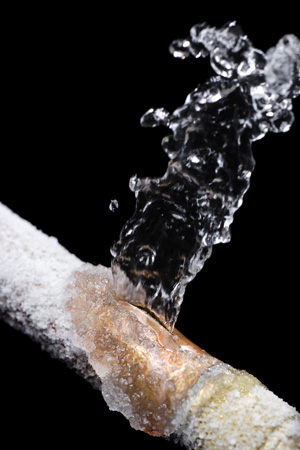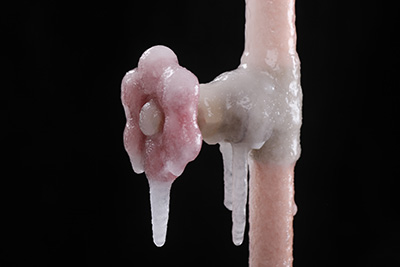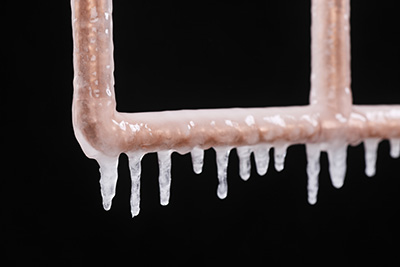 Well it’s winter again in beautiful Connecticut, whether you live by the water or inland we all have to deal with the possibilities of “frozen pipes”. Let’s explore some preventative measures that could save you from this experience.
Well it’s winter again in beautiful Connecticut, whether you live by the water or inland we all have to deal with the possibilities of “frozen pipes”. Let’s explore some preventative measures that could save you from this experience. Prevent frozen pipes caused when wind is added to low temperatures: The second cause of frozen pipes is wind, yes wind. That frigid breeze will find any crack in your foundation or poor seal around a door or window to quickly lower the temperature in the walls and floors. It makes it much colder than the interior of your home, to cause, yup, you guessed it, frozen pipes.
Prevent frozen pipes caused when wind is added to low temperatures: The second cause of frozen pipes is wind, yes wind. That frigid breeze will find any crack in your foundation or poor seal around a door or window to quickly lower the temperature in the walls and floors. It makes it much colder than the interior of your home, to cause, yup, you guessed it, frozen pipes. How can I avoid these common pit falls and stop my pipes from freezing? Well I thought you’d never ask, here are some tips that will help.
How can I avoid these common pit falls and stop my pipes from freezing? Well I thought you’d never ask, here are some tips that will help.